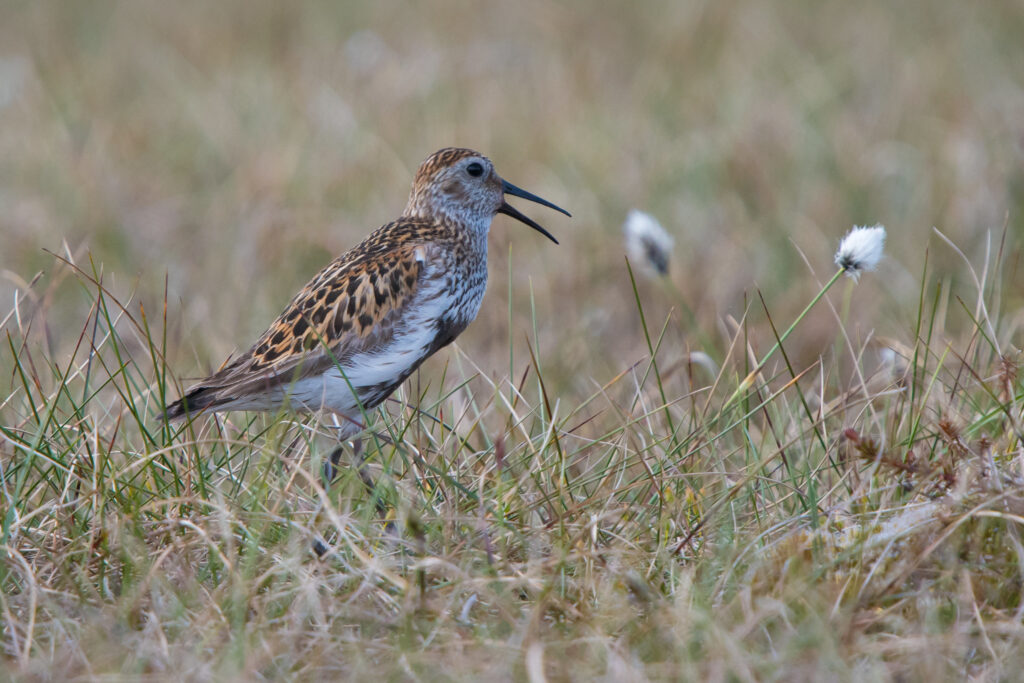Restoring the uplands to reinstate a diverse mosaic of habitats can play a crucial role in reversing biodiversity loss, helping fix the fragmented and degraded ecosystems on which life depends.
Biodiversity is in steep decline across the UK. The latest State of Nature Report in 2023 issued a stark warning that nearly one in six species is now threatened with extinction. Our diverse range of flora and fauna is in jeopardy.
Among the biggest causes of wildlife decline in the uplands is the intensification in the way land is managed and the ever-present threat of climate change. These factors have fragmented and degraded ecosystems, such as peatlands, woodlands and grasslands, which are vital for nature to thrive.

Despite our capacity to destabilise the planet’s ecosystems, we also possess the power to save them. Restoring the uplands can be a powerful tool in reversing biodiversity loss and nurturing the ecosystems upon which life depends. Whilst there are a whole suite of ways to restore wild moors across the uplands, some interventions which can help include:
• Rewetting peatlands: Ensuring the vitality of peatlands is essential. By restoring and re-wetting these crucial habitats, we create homes for a wide array of wildlife and plant species.
• Conservation grazing: Hardy cattle and ponies play a vital role in promoting new plant growth and managing heathlands and grasslands. Their presence fosters the recovery of these ecosystems.
• Re-establishing native woodlands: Sensitively planting or allowing the natural regeneration of native woodlands in moorland cloughs establishes wildlife corridors and provides shelter for numerous species, including red squirrels, birds, insects, and plants.
• Reintroducing native species: Bringing back native species that have disappeared from many moorland landscapes, such as black grouse, sundew, and sphagnum mosses, helps restore the balance of these ecosystems.
We know that wildlife and plant-life can thrive in carefully managed and restored habitats. The growing number of landowners and land managers creating wild moors across the UK’s uplands is a testament to the positive impact of restoration.
By joining forces and actively participating in the restoration of the uplands, we can be the change needed to safeguard our biodiversity and ecosystems for future generations. Together, we can make a difference and ensure the preservation of our precious natural heritage.